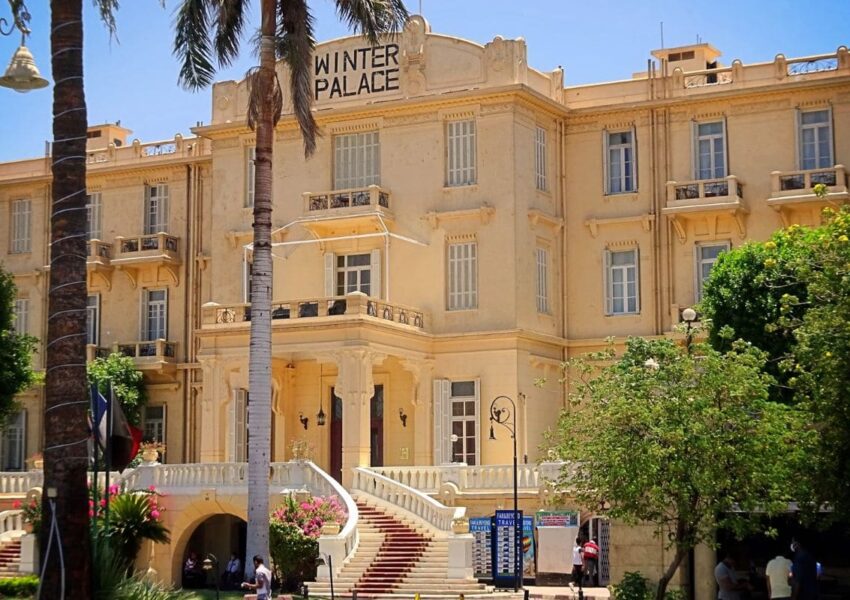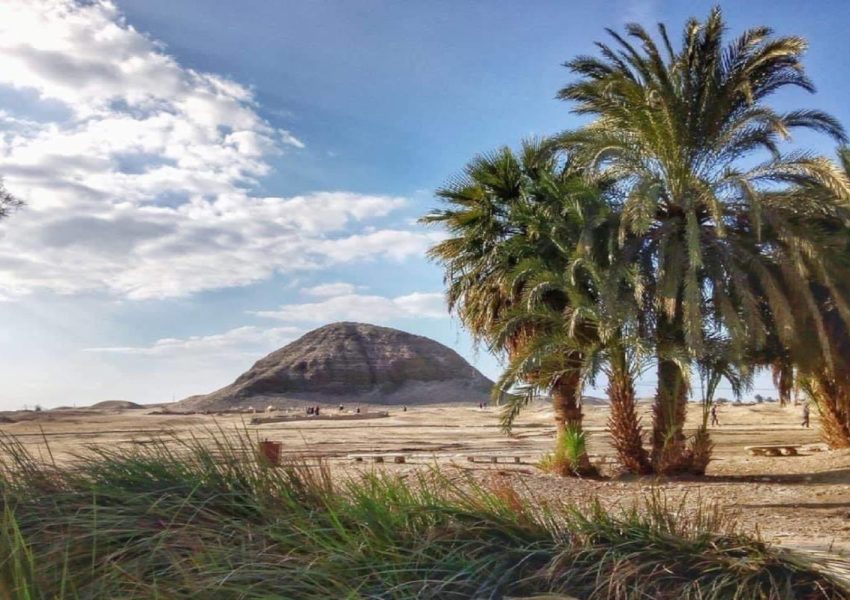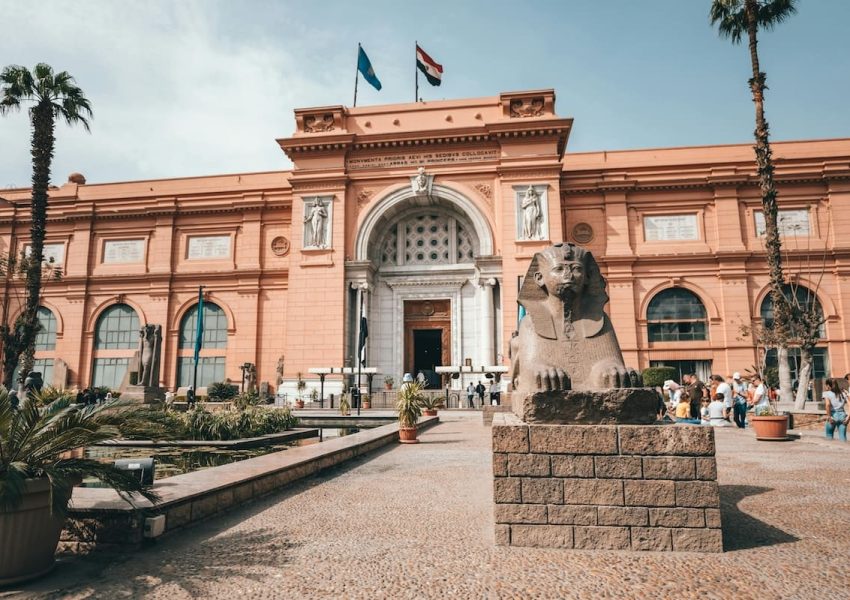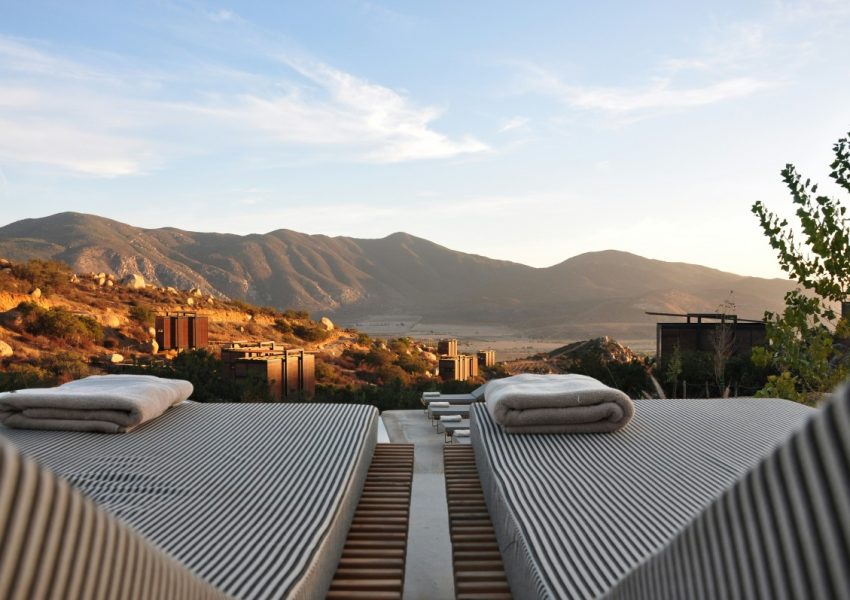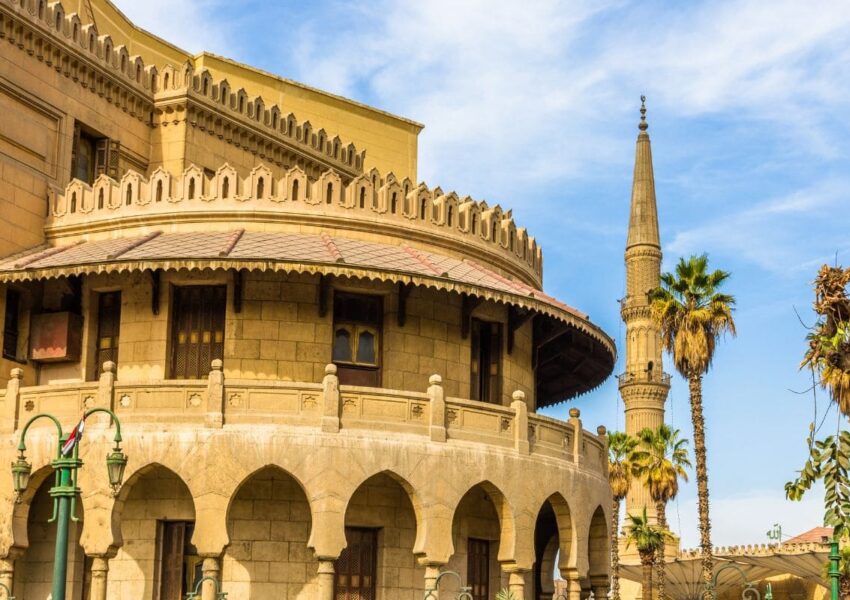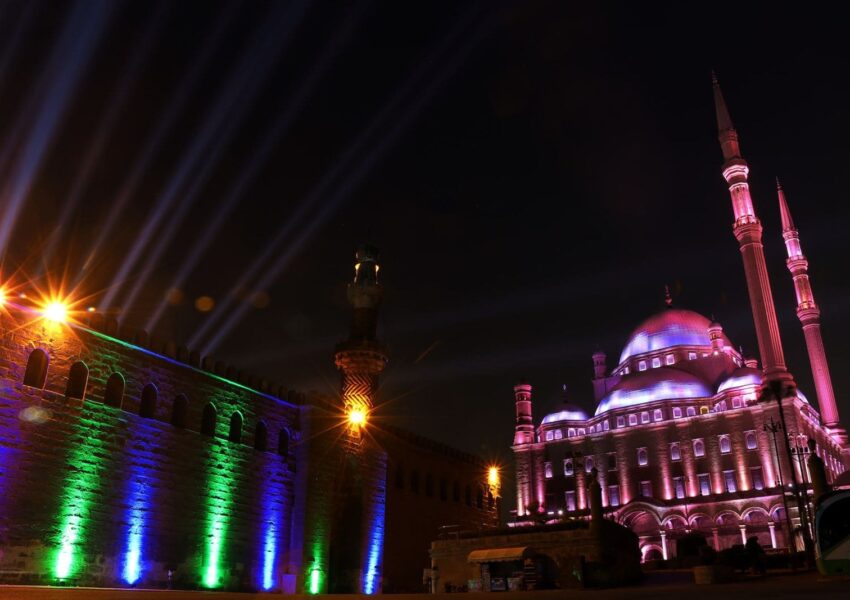Introduction Stepping into one of the Historical Hotels in Egypt is like walking through a doorway into another…
Introduction Nestled in the heart of Egypt, Fayoum is a paradise for eco-conscious travelers looking to experience nature…
Introduction Imagine stepping back in time with your loved ones, walking in the footsteps of pharaohs, and uncovering…
Discover Egypt Luxury Beach Resorts: Imagine waking up to the sound of waves gently crashing on the shore,…
Introduction Imagine the first rays of the Egypt sun filtering through a vibrantly colored stained-glass window, casting a…
Introduction: Lavish Nile Escapes: Luxury Resorts in Egypt Imagine stepping off a bustling Cairo street into the hushed…
An Introduction to Iconic Places in Egypt Embark on an unparalleled journey through the sands of time and…
Strolling Through History: A Visit to Cairo’s Khan el-Khalili In the heart of Cairo, amidst the labyrinthine alleys…
Unveiling the Wonders with the Right Travel Agency in Egypt Introduction to Traveling in Egypt Traveling in Egypt…
Top Things to Do in Aswan: Egypt’s Hidden Gem Perched along the Nile’s tranquil shores, Aswan is a…

